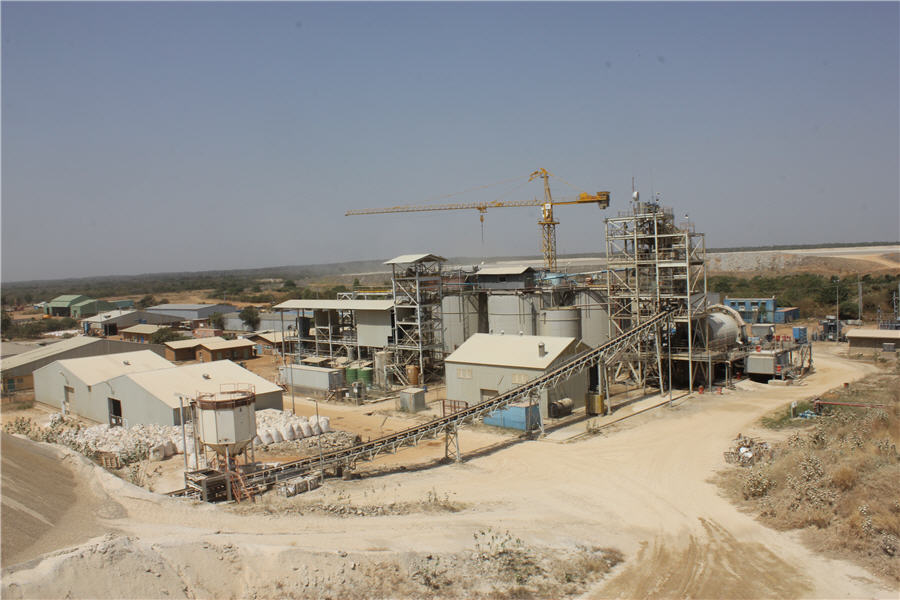Projected worker shortages will increase the requirement for on-demand training
There are early signs that the industry is turning around as commodity prices rebound and back-burner projects are reactivated. The Canadian Mining Labour Market Outlook 2016 by the Mining Industry Human Resources Council (MiHR) has forecast a cumulative hiring requirement of 127,000 workers in a growth scenario for the Canadian mining industry over the next 10 years. This figure includes layoffs and lack of recruitment over the five-year recession as well as anticipated retirements.
Where are we going to find these workers?
The short answer is that we are not going to find them in mining. Many have left the industry over the prolonged recession and found employment elsewhere. The intake of students, technicians and apprentices at mining schools, colleges and training programs is down. Most of the requirement will have to be met by enticing workers from other industries and training them.
The situation will be compounded by a lack of experience, particularly at middle management levels. Each baby-boomer retiree represents, on average, a loss of 37 years of experience, which can only be partially compensated for by additional training of replacement workers.

Occupational shortages will be different depending on the specific sector and the type of jobs to be filled, says the MiHR report, concluding that technicians, engineers and managers will be the most sensitive positions.
All of this means an industry-wide demand for efficient, readily accessible, sector-specific training at all levels … and there won’t be enough trainers to satisfy the demand with traditional, instructor-led training. Expect a significant increase in the requirement for on-demand, online training by industry specialists, accredited by mining institutions and accessible by a global audience.
The MiHR report warns that now, more than ever, Canada’s mining industry needs to be looking at its future labour market needs and putting in place collaborative strategies to ensure it has a robust, appropriately-skilled supply of workers … both now and in the coming decade.
For training solutions that work visit EduMine at MINExpo 2016 in Las Vegas at the InfoMine booth (#1508).
More News
{{ commodity.name }}
{{ post.title }}
{{ post.date }}



Comments
Fred Barker
The downturn layoffs and cost cutting in Ontario’s mines has resulted in shortcutting and apprentice placement by 40% since 2011. Now we have a retirement rate of nearly 30%. Maybe we can import miners from china to fill the gap. No Canadians will want the job. Fred Barker